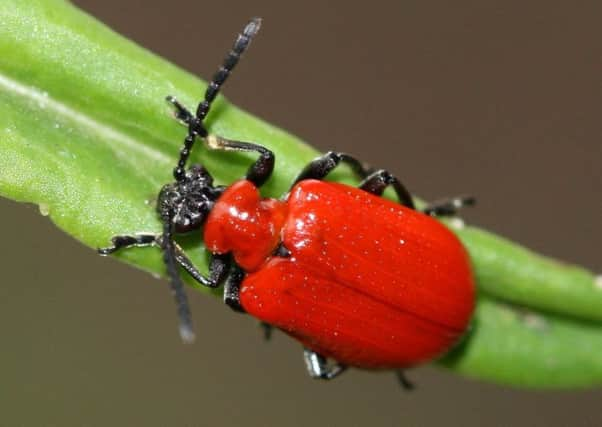Country Diary: The heat is on in late spring


Worker bees fly in and out the hive all day gathering nectar and pollen. Stored in cells, it’s fanned to evaporate water content. Finally, it’s sealed to maintain honey quality.
Nectar to bees, has the same benefits as sugar and syrup have to us. Pollen is the equivalent of our protein.
Advertisement
Hide AdAdvertisement
Hide AdMichael removed the honeycombs and wax cappings and placed them in an extractor. Taking turns, we rotated the handle, and centrifugal force spun out a stream of liquid gold. Filling containers, 50 pounds of honey were extracted!
Sadly, Michael has decided that after years of bee-keeping it’s time to move on, and his working beehives have now found a new home.
Every summer one reads of cases of dogs dying from heat stroke. Animals are left in hot, poorly ventilated spaces such as cars, and often without water. They lost the ability to control their internal body temperature. As it rises, the dog becomes distressed, pants rapidly, and will quickly weaken. In a short space of time collapse, coma, and even death can follow.
Don’t over-exercise your pet in hot weather. Keep it out of a greenhouse or conservatory, as temperatures rapidly rise to 80F and 100F!
Advertisement
Hide AdAdvertisement
Hide AdIf you see a dog in distress, cool its body – especially the head, by means of a cold water bath, cold wet towels, hose pipe or ice packs, and call a vet immediately.
Our car park resembles a nursery, with tubs, pots and troughs brimming with vegetables, and floral decorations in profusion. Bedding plants so far, are to adorn Montrosa’s Residential Home, where it’s a pleasure to work. Everyone is so very appreciative of their award-winning garden.
Thunder rolled as we visited Throxenby Mere. A pair of greylag geese led their four fluffy goslings from the embankment of yellow irises and reedmace, onto the placid waters of the mere.
The greylag goose is the largest and heaviest of British greylag geese. In flight, it’s best distinguished by its pale grey forewing, orange bill and pink legs. Being an ancestor of our farmyard goose, it’s no surprise to hear its voice is very similar.
Advertisement
Hide AdAdvertisement
Hide AdWalking beyond three picnic tables and chairs, we took the boardwalk along the edge of the mere, as thunder clouds gathered, but only few raindrops fell as we returned.
Our neighbour Christine, discovered a few small red beetles on her lily leaves. Checking identification, it ticked all the boxes for the species lilioceris lili. Red lily beetle was found in Europe, but was very rare in Britain. It has become widespread in the UK over the past three decades on lilies and fritallaries.